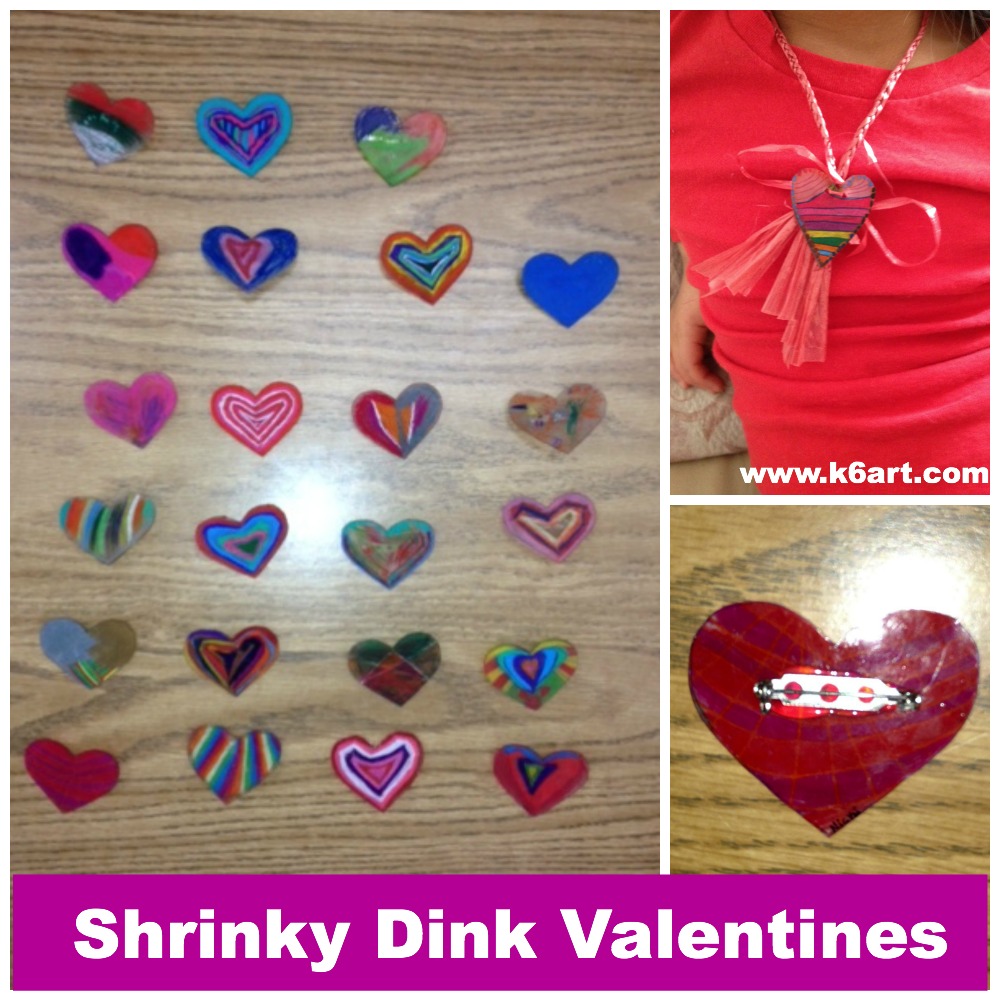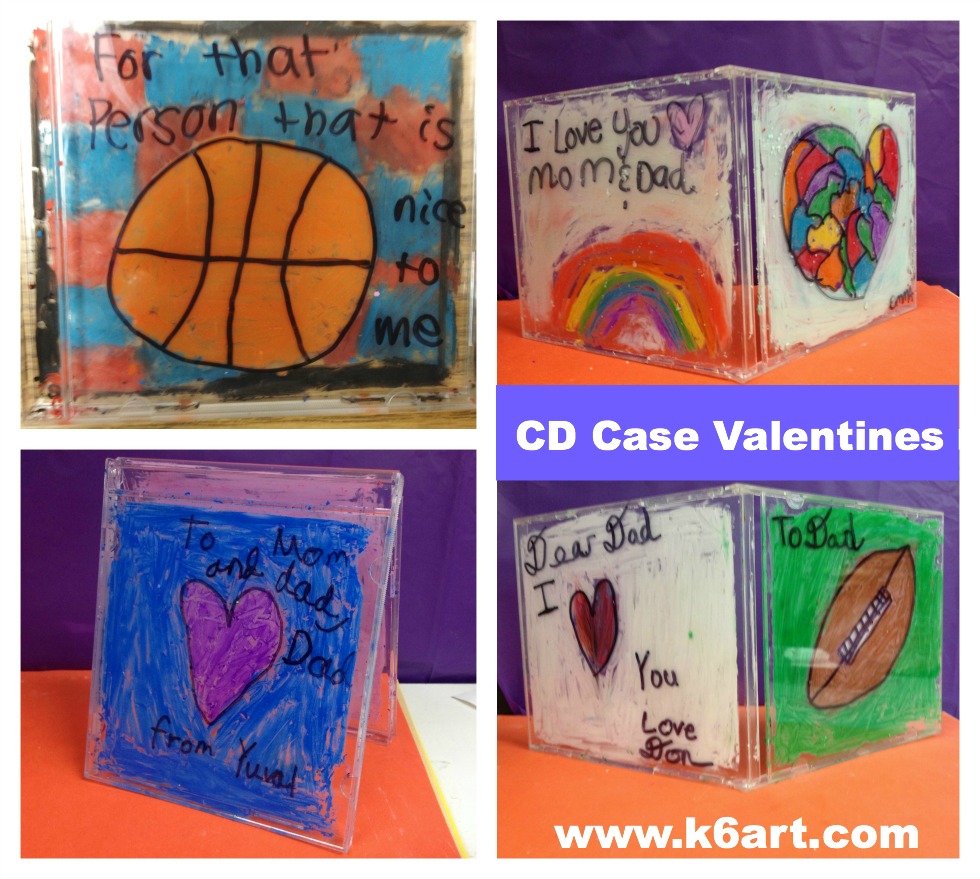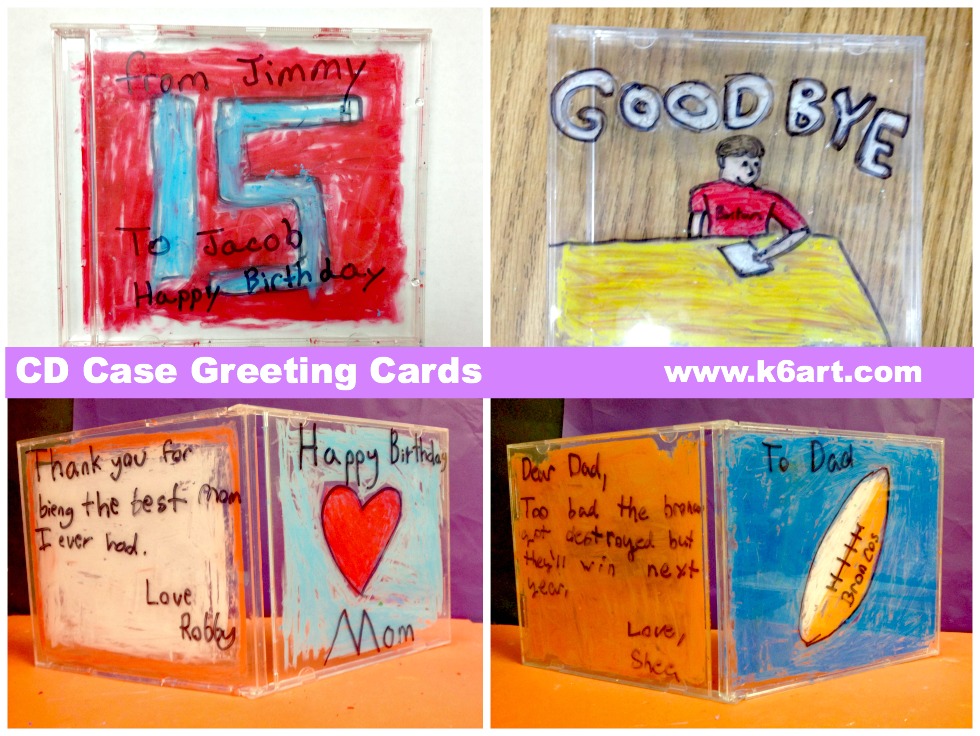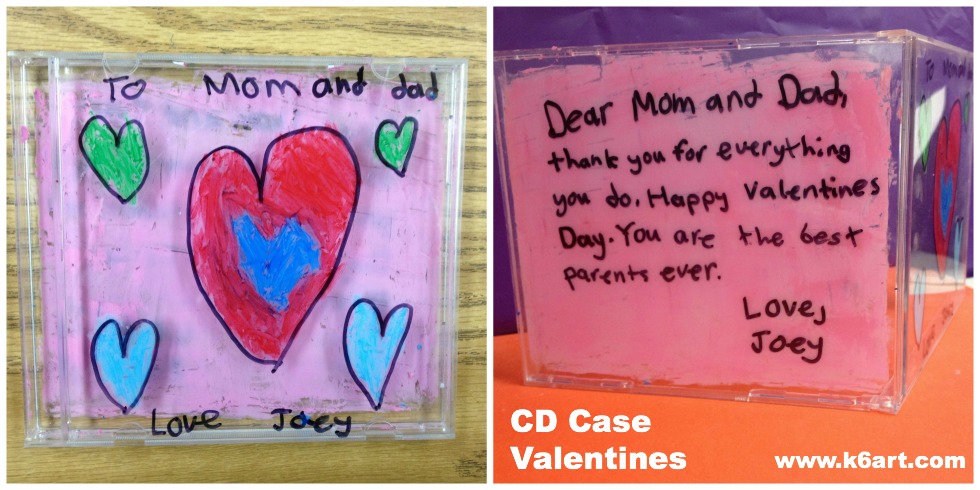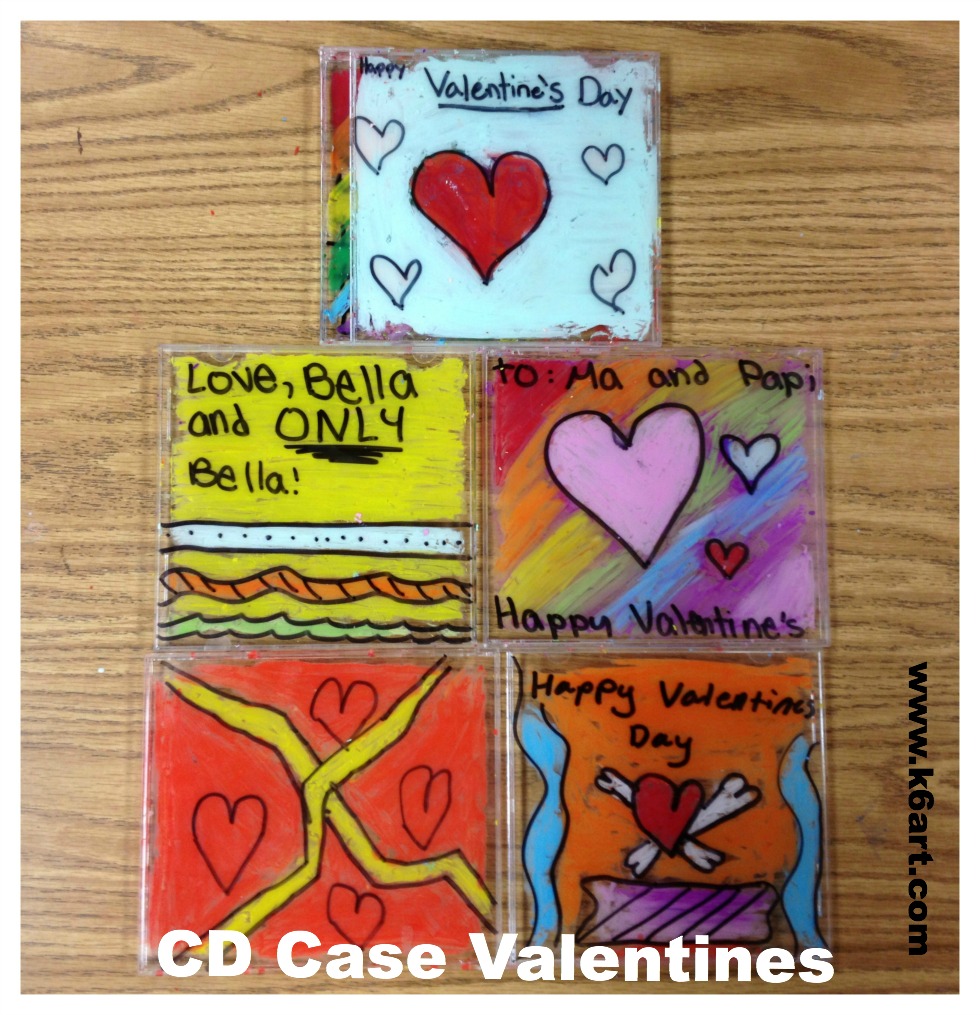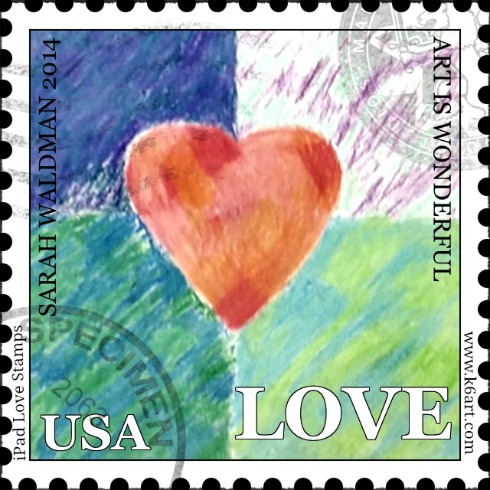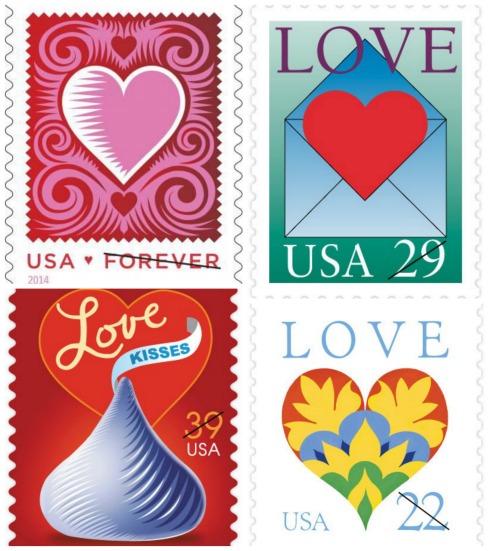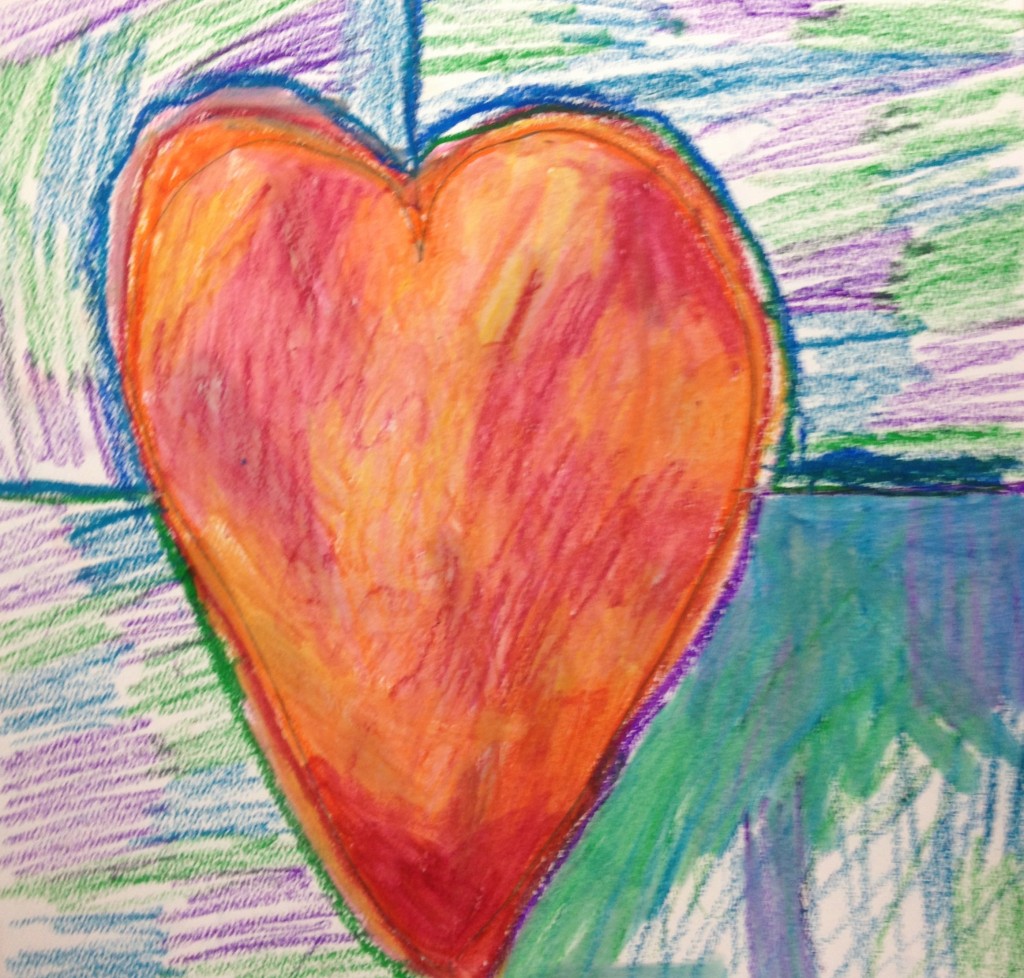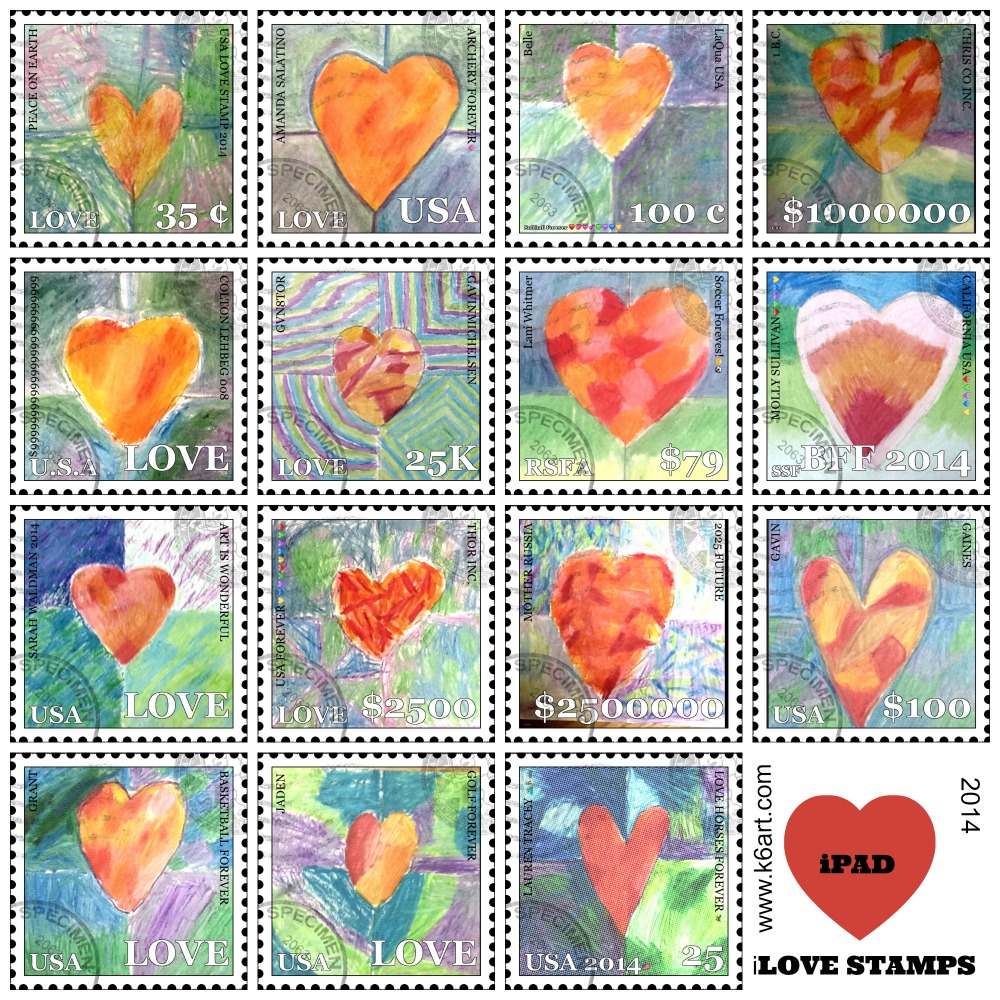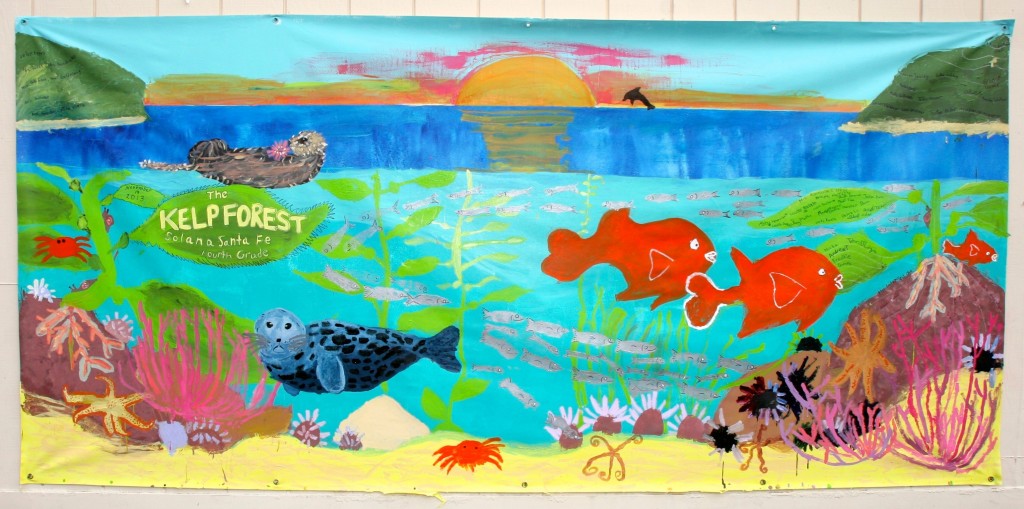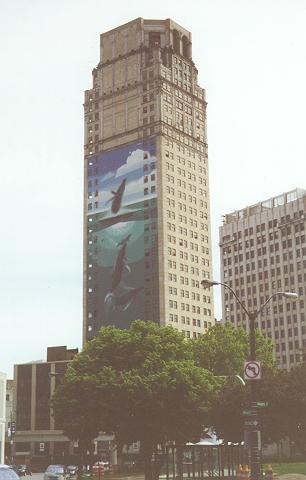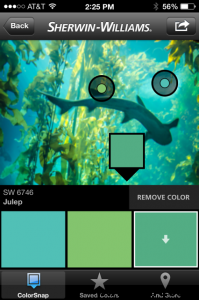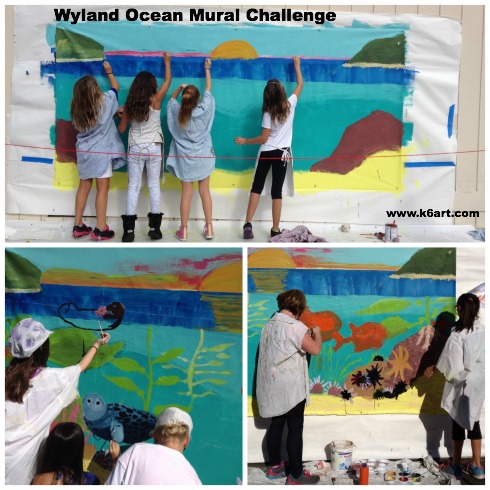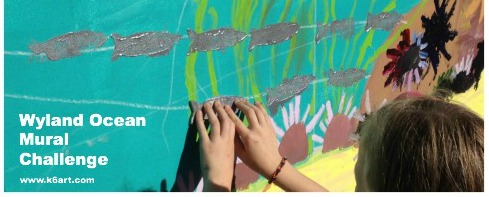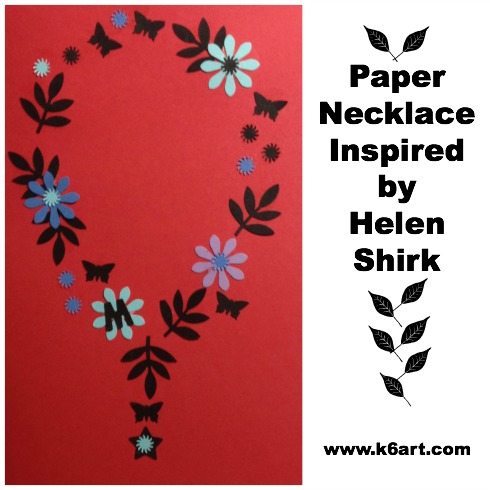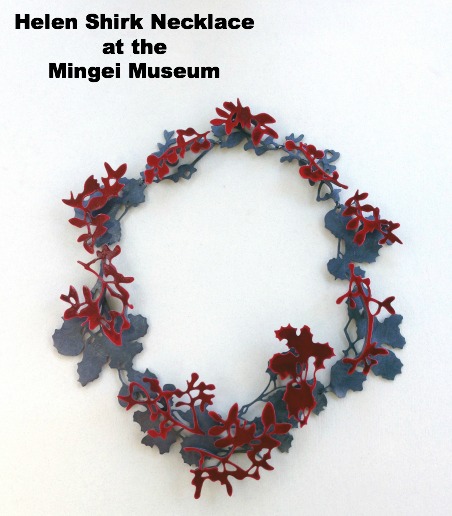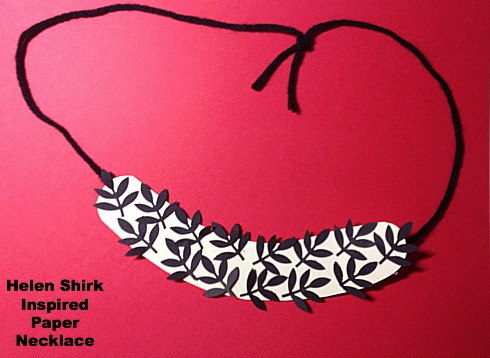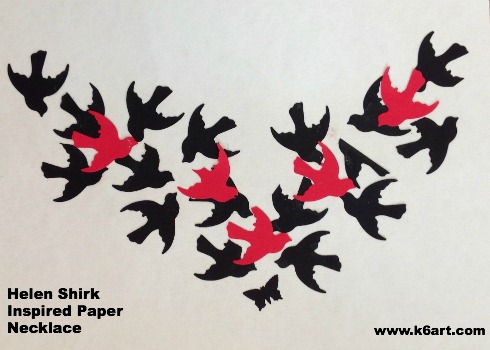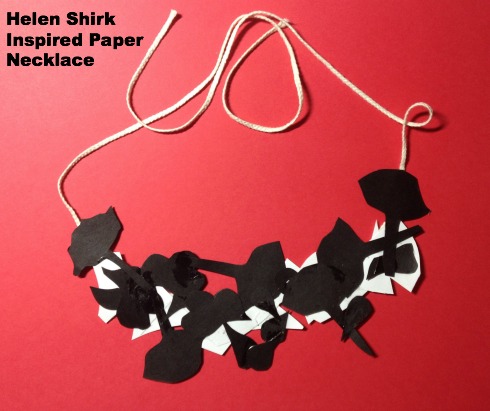If you want a fun, colorful Valentines day craft project, try Shrinky Dinks!
What? You’ve never tried Shrinky Dinks? They are sheets of thin plastic. You color, cut and bake them. When baked, they shrink to 1/3 the size! They have been popular since the 1970s and kids LOVE them. Watch this brief video to see how they work.
Materials:
- Shrinky Dinks Shrinkable Plastic – 8 x 10 inches – Set of 10 – Frosted
(available at Michael’s)
- colored pencils
- optional: hole punch, magnets, pin backs
Cut and Color
Option 1) Cut each sheet of plastic into quarters (I do this on the paper cutter) and distribute. Students draw a heart, color it on the frosted side with colored pencils, and cut it out themselves. The heart necklace above was made this way.
Option 2) Adult pre-cuts the hearts and distributes. Students color with colored pencils. All the heart pins in the photo above were made this way (with the help of a parent volunteer).
Bake at 325F
Then bake in a toaster oven or regular oven at 325 degrees F for about three minutes. Tip: watch the shrinky dinks through the oven window. They need to curl up and then flatten. Don’t take them out before they’ve flattened! We let them flatten, count to 30 and then remove from the oven.
For this project, one of our teachers brought her toaster oven to school and called her students two by two to watch their valentines shrink. THEY LOVED IT!
Necklace, Pin or Magnet
For a necklace, punch with a hole punch BEFORE baking. For a pin, hot glue on a pin back after baking. You can use magnetic tape or hot glue on a magnet.
Happy Valentines Day!
Enjoy!
Happy Throwback Thursday! Stop by on Thursdays to see ‘old school’ art projects!

